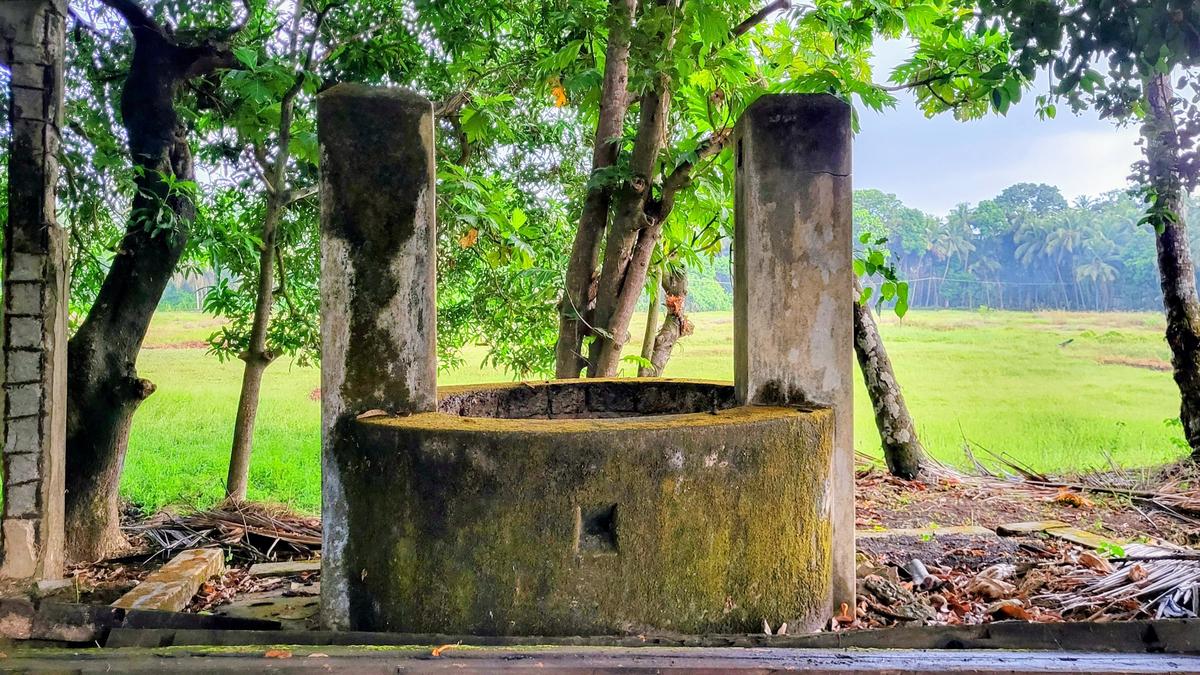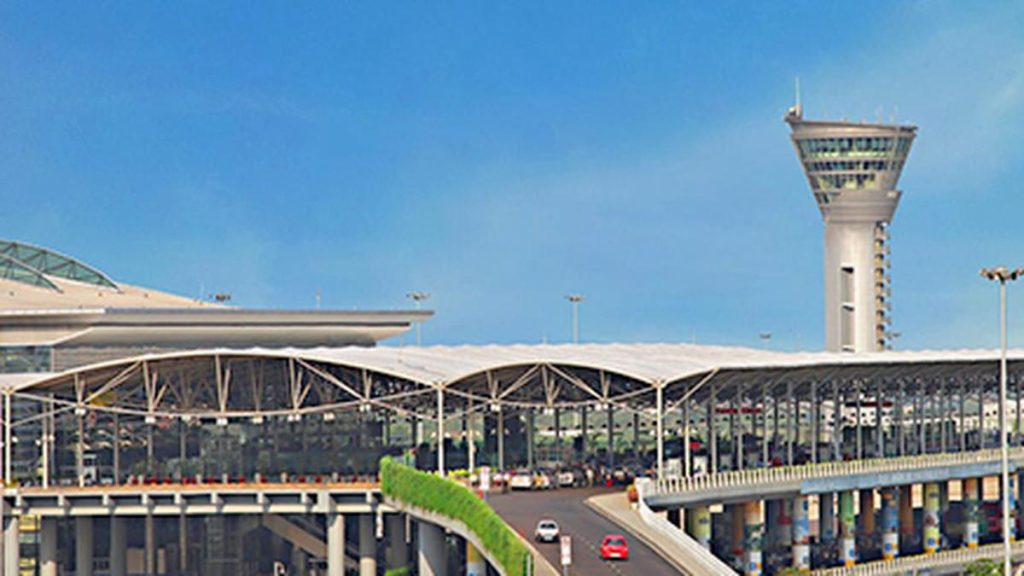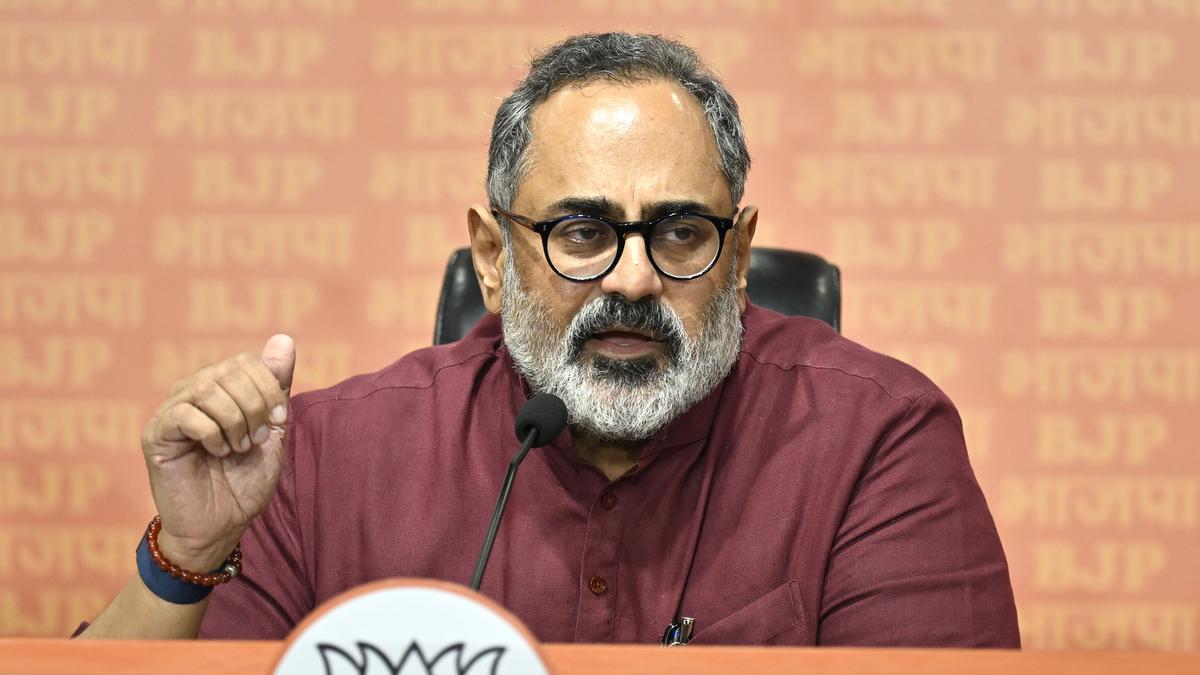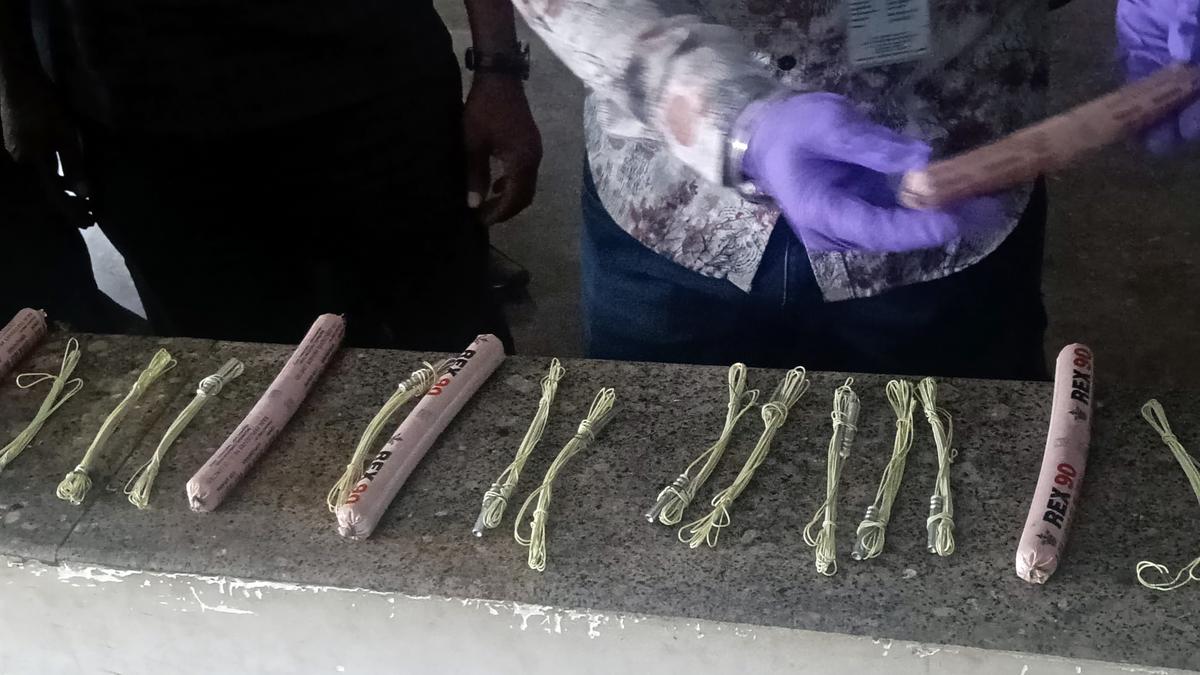Now Reading: Groundwater Levels Rise in 74% of Monitored Wells Across Karnataka: Minister
-
01
Groundwater Levels Rise in 74% of Monitored Wells Across Karnataka: Minister
Groundwater Levels Rise in 74% of Monitored Wells Across Karnataka: Minister

Quick Summary
- Groundwater levels in Karnataka: 74% of 1,087 monitored wells showed a rise in groundwater levels over the past decade, per the Union Jal Shakti Ministry.
– breakdown of rises:
– 0-2 metres: 611 wells (56.21%).- 2-4 metres: 127 wells (11.68%).
– more than 4 metres: 66 wells (6.07%).
– Declines observed in:
– 0-2 meter fall: 242 wells (22.6%).
– More than 4 metre fall: 26 wells (2.39%).
- Groundwater data analysis from post-monsoon November readings indicates that around 96% of measured wells have water levels within a manageable range of up to 10 metres below ground.
- Since July 2021, around 16.66 lakh water conservation and artificial recharge structures have been constructed or renovated in Karnataka under Jal Shakti Abhiyan.
- Other notable initiatives:
– Implementation of Atal Bhujal Yojana in water-stressed districts.
– Construction/rejuvenation of more than 4,056 Amrit Sarovars across Karnataka.
- ₹9,148 crore has been spent on groundwater recharge and water conservation efforts between April 2021 and July 2025 by Central and State governments.
Indian Opinion Analysis
The reported increase in groundwater levels over a decade for most monitored wells is undoubtedly encouraging for Karnataka’s sustainability efforts amid concerns over decreasing resources nationwide. This trend suggests that government schemes like jal Shakti Abhiyan and Atal Bhujal yojana may be contributing positively to reversing critical declines through infrastructure improvements like artificial recharge structures or community-lead conservation programs.Though,despite progress shown by roughly three-fourths of the surveyed wells seeing higher water tables,nearly one-fourth still registered declines-highlighting persisting regional disparities requiring targeted interventions. The state’s ability to effectively balance demand-side management wiht conserving future capacity remains crucial for longer-term resilience against climate variability.
financial investment exceeding ₹9,000 crore combined with broader participation boosts optimism but underscores ongoing challenges relating to equitable distribution and maintenance efficiency at local scales as indicated by granular fluctuations noted across measurement groups such focusing further where steep drops remain limited thinner falling categories + GENERAL brushed reform-spends underway if recommendations tighten future years forward-related-strength+ reforms-xschedulers distribution saturation Good steps now How accompaniedframework+years test findingsw-treatment potential initiative cumulative rudtural

























